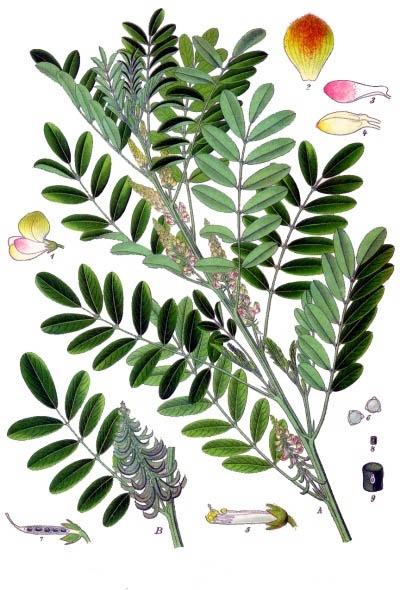April 3, 2013
We know that most people who love learning about color are particularly fascinated by the history and background of various hues. Let’s have a quick lesson on blue and culture from my book Colors For Your Every Mood.
It was not until 4500 B.C. in Mesopotamia that blue emerged as a decorative hue. Brilliant blue threads were used in ancient Peruvian embroideries circa 800 B.C. While thousands of miles away, blue was used in linen fabrics found in the caves of the Dead Sea Scrolls.

Image via
Indigo replaced woad in importance as a dye in the Middle Ages because it proved to be more hardy and reliable. It also made blue a more available color. Marco Polo was fascinated by the production of indigo in India where it was produced in great quantities and its quality desired. The color was extracted by plucking out a species of the herb by the roots, putting it into tubs of water and other ingredients and leaving it to rot. The reality of this glamorous color, admired by all the world, was some very labor and animal-intensive effort. The tubs of water containing the dye were also filled with a mixture of fruits, wood ash, or putrefied urine (camel urine was specially effective!) The dye-bath was actually a pale yellow, but oxidation eventually turned the textiles to blue.

Indigo in a pot
Now take a look at what a new discovery has revealed about the Maya and their secret recipe for blue.





